
Here’s how to get the most out of your Pilates Training.
Developed by a gymnast, Joseph Pilates, the basic principle of this fitness system is that an individual’s physical and mental health are interrelated. The exercises in this system therefore focuses on controlling the muscle movements with the mind.
Pilates exercises helps to build a strong core (or center) by focusing on your core muscles (muscles of the abdomen, lower back, hips, and buttock).
This fitness system is not about bulking up muscles, but more about increasing the elasticity of your muscles, and focuses on improving the mobility of your joints. All this helps in making your body less susceptible to common injuries, including sports injuries.
Pilates: Basic Principles
Here’ are the Basic Principles that make Pilates so great!
The Starting Position.
First and foremost, it is best to start your exercise in a position that is tension-free. Stress will only limit you. So find a space in your home to exercise with limited distractions and discomfort. You don’t have to be completely relaxed to start, because lets face it – that’s a big reason you are doing Pilates! But in a perfect world, you have a few moments to yourself when doing Pilates. Many Pilates workouts start with you lying on your back with a neutral spine while slightly activating the muscles throughout your core to maintain the position of your back. The good news is that after you do Pilates for a while, this position will become part of your daily life and you will be able to provide support for your entire body by maintaining “neutral spine.”
Principle #1: Breathing.
Proper breathing techniques ensure that you get enough oxygen to the working muscles and to help reduce or eliminate tension throughout your body and helps with concentration and focus. The basic principle involves an expansion of the rib cage and out to the sides of your body and your back without lifting the shoulders.
Remember, when you inhale breathe through your nose and feel your sides and rib cage expand. And exhale though pursed lips and allow the rib cage to close.
Pelvic Placement.
During a Pilates exercise routine, there are two primary positions for your back: Neutral Placement (or otherwise known as Neutral Spine) and Imprinted Position. Neutral Placement has you maintaining a normal curve in the lower back. This position varies from person to person. So a good way to find Neutral Placement is while laying on your back first press your lower back firmly into the grown. Next arch it up so your shoulders and tailbone are pressing into the mat. Now, find the point in between both extremes – That is Neutral Placement. This position is ideal when you have both feet on the floor. Now Imprinted Position has the lower back pressing into the mat and the slightly titling your pelvis up. Just be careful not to squeeze your glutes too much (but a little is OK!). This position is best to when your feet are off the floor as to create a more stable body.
Rib Cage Placement.
As you are lying on your back (with a Neutral Spine), think about feeling a sense of weight gently resting on your ribs. Keep your ribs on the mat but try not to move your rib cage into the mat. Keep your ribs still and remember, as you breath think about breathing into the back and sides of your ribs so you can keep your ribs stabilized.
Principle #4: Shoulder Placement.
Your shoulders should not be lifted too far of the mat or pressed down too far either. Your shoulders should be somewhere in between. Find the middle point in between pressing your shoulders down firmly and rounding them up off the mat and hold that position.
Head and Neck Placement.
Your neck should have a natural curve with balanced comfortably between your shoulders.
Using a technique called the Head Nod lengthen the back of your neck and nod your head slightly forward while keeping about two to three inches between your chin and chest (or about the size of a tennis ball.)
It may look like yoga but the poses and the exercises are somewhat different, though the underlying principle is more or less similar, and that is to increase the flexibility of the body; it’s definitely not about lifting huge weights and so on.
There are many trainers who blend Pilates with yoga in their training sessions.
These exercises will not only strengthen and tone your abs, back, and butt but will also help to reduce stress and focus better. And you can do Pilates anywhere, which is why so many are doing Pilates from home with exercise videos.
Celebrities Doing Pilates
Lunch Box actress Nimrat Kaur loves to indulge in Pilates; here’s a video where she is doing Pilates (seen doing a mid-back series on the Reformer with a few added challenges), with celebrity Pilates trainer Namrata Purohit.
Gorgeous @NimratOfficial doing the Mid-back series on the reformer, with a few added challenges! #PilatesGirl #Tough pic.twitter.com/t6ElKCsqLm
— Namrata Purohit (@NamrataPurohit) September 5, 2016


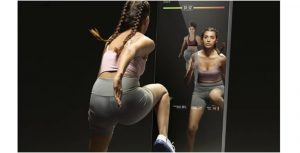

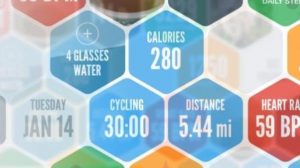
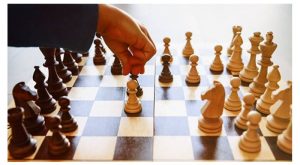
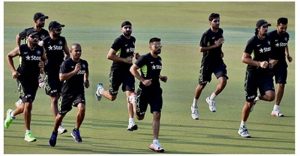
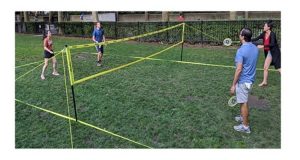

Leave a Reply